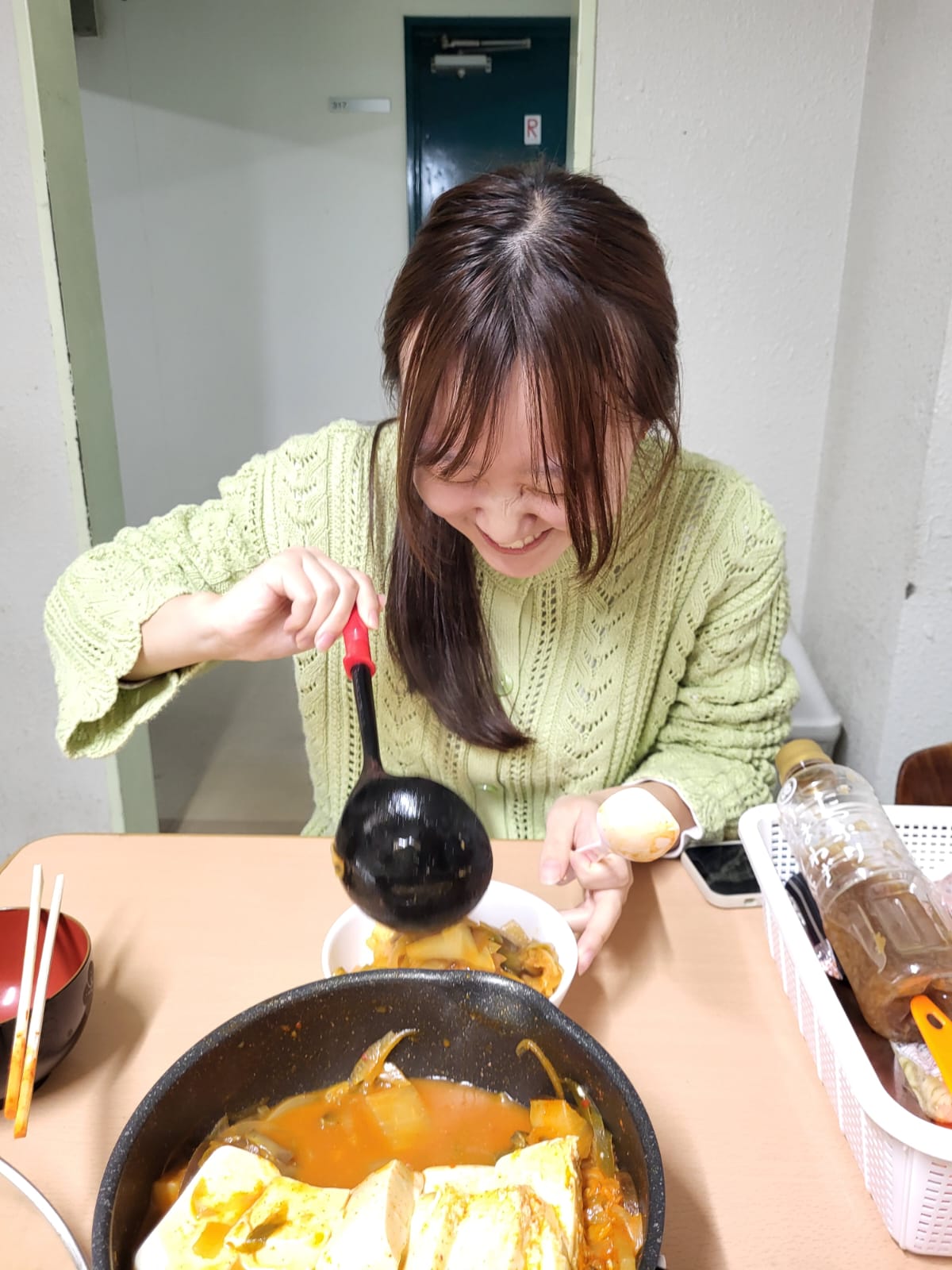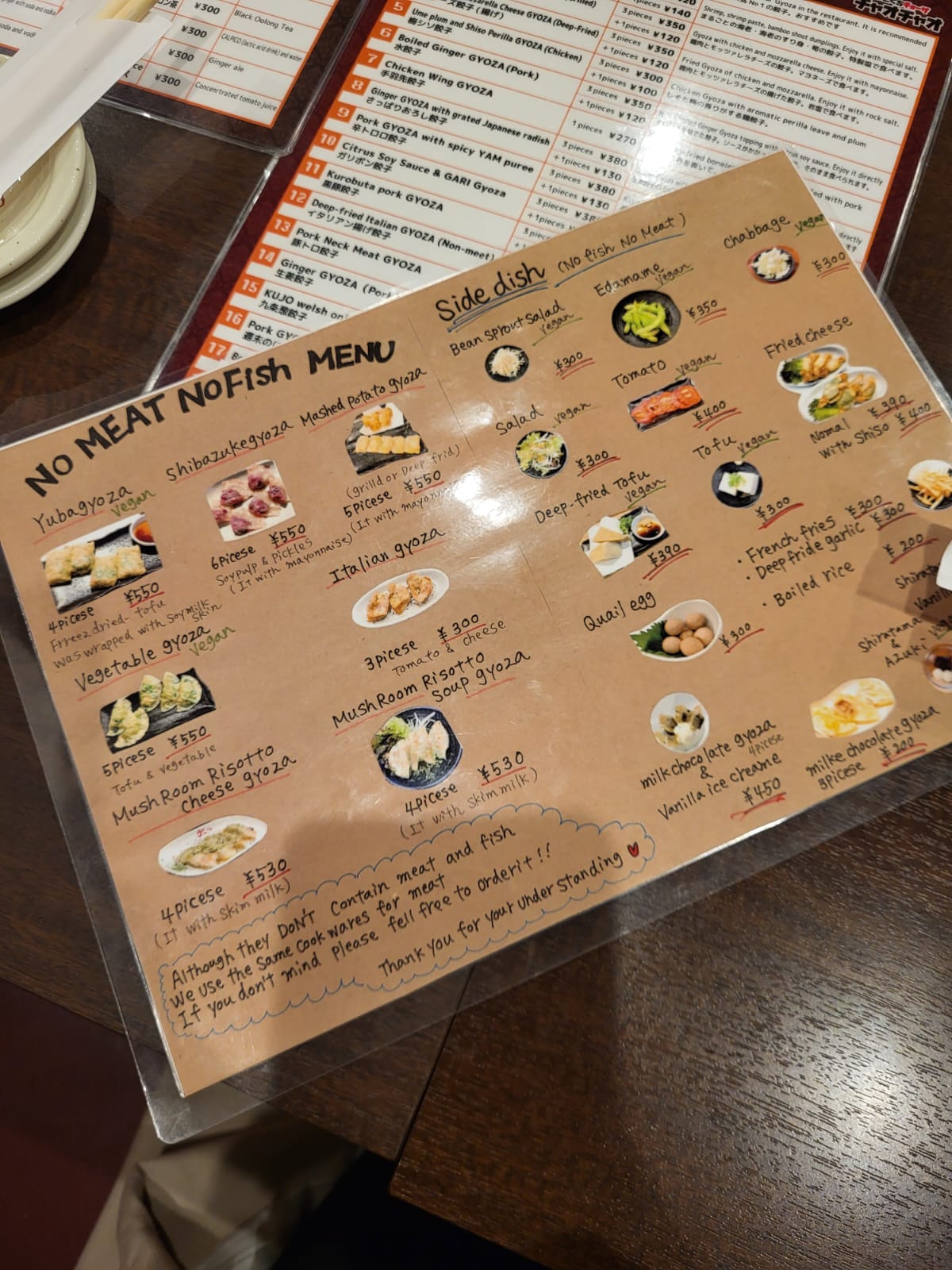
Meanwhile, I Have Been Having Quite the Food Trip
안�
�,
어떻게 지내세요?
I think the Korean fits well with the pictures I attached on the bottom, which I will explain about later. This time I wanted to focus on a topic that I think would be beneficial for others wanting to take a trip/study abroad in Japan – Food. As the food category can have so many different perspectives, the things I wanted to focus on today is food in my daily life/budget, food culture in Japan, and finding ways to connect your own lifestyle in the Japanese food culture.
First, let’s take a look at Japan through a ‘food lens’. Japan is, as everyone knows, an island country, meaning that these is a type of food that they are more inclined to eat in comparison to continental countries. Fish, since ancient times, as been one of the main sources of nutrition in Japan. With the Chinese invasion of Japan, rice cultivation came to be a prominent food source. Since those ancient times, the international exchange with other cultures in the world brought to the domestication of cows and chicken, and non-native fruits and vegetables started to become popular. This has been a trend similar to other countries, however, surprisingly Japan has had a Buddhist effect that led the country to ban meat consumption multiple times throughout history (I attached a link to the article for those that are interested in knowing more). A cool fact is that through the eras, Japanese people would secretly eat meat and would express it in literature/communication through different terms that would ‘fool’ the public, like “Momiji” (Japanese maple) for when they ate deer meat, and “Botan” (peony) for boar meat. Although Japan did seem to experience a semi-meatless era, the Japanese art of cuisine would flourish during the Edo era, when Japanese culture cultivation took place for traditions like kimono dressing and flower arranging, food art became popular. This art started utilizing a variety of food as an art form, using different cooking techniques and incorporating different meats, vegetables, grains, and fruits. This art is still maintained today, although it is pretty clear that there are western influences taking over the food industry in Japan.
Now that I gave a spiel on the Japanese food culture, I wanted to share a little bit of my own stance in food. I hope some people can relate! First, as a Jew, I do not eat pork. Ironically, that is even a consideration as I am also vegetarian. I was vegan for six years until I moved to the United States, where I decided that leading a vegetarian lifestyle would be less stressful as a full-time student and part-time worker. With my vegetarian dietary choice, I also consider myself on the low-middle class economic stance as I try to live solely on my savings while I am here in Japan. My monthly budget comes to around $500 (excluding rent and other bills), and the amount of money I spend on food usually doesn’t exceed the $250 limit. So, how have I been incorporating my personal food ‘profile’ with the Japanese food culture?
Well, it’s been quite a ride.
To start, I decided that it would be too much effort to return to my vegan lifestyle that I enjoyed earlier in life. As a full-time student and part-time tourist, I do not have the time and effort to spend on maintaining my health and nutrition like I did in the past. When it comes to supplements, I got some iron and B-12 tablets before I came to Japan so that I would not have to bother stressing about it in Japan, and I am so glad I did so. The batch I brought with me lasted for the first three months. The good news is that I do not have to worry too much about nutrition here like I did in the United States because the Japanese do have an array of foods that provide enough nutrition. The supplements were a temporary solution anyway, so when they run out, I do not feel worried I will suffer from malnutrition. However, for those that are vegan and hope to keep that dietary choice when they go to Japan – please try to be open minded. Japan is getting closer but is not there yet. If you can, try to encourage change through support of local restaurants that do offer vegan options! (as rare as they may be).
One thing I try to utilize the most I can are the programs that my university offers. The first is the “100-yen breakfast”, where students can come an hour before first period starts (from 8am~9am) to have a one dollar (by today’s conversion rate, even less) meal, which includes a medium-ish bowl of rice, miso soup, and two sides (usually spinach, fish, croquette, an egg, mayo-pasta salad, natto, and okra are offered). I tend to go to breakfast every day. Another program I utilized was the university’s initiative to lower food waste, where students arranged food gift boxes for those that wanted it. In the box I received 4kg of rice, root vegetables, and some canned food. I have been using the rice for about one month now, and I still have so much left. Fortunately, both these options are mostly vegetarian friendly, although I find it very frustrating sometimes to see that the vegetable side dishes have fish stock in them.
I think the easiest way to both budget and maintain your dietary needs in Japan is through cooking. For lunch I would usually bring my own food (a box of rice balls/rice with any topping I have available), and for dinner I would go home and cook. This seems to be the most budgeted way of life that I have come up with, as getting lunch at the university could range from $2~$9, which would start getting expensive as time goes, and most options are non-vegetarian (the soup contains fish, or the rice bowls always have some kind of meat toppings, and so forth…). There was a ‘vegetarian week’ event that took place which was great, but unfortunately, I did not have the budget to dine on campus every day. Unlike eating on campus, cooking really gives me the opportunity to spend time with my dormmates (as the kitchen is shared), learn how to make food from different cultures, and keep my vegetarian lifestyle unsoiled. I cook very generic food, mostly soup (which is easy and nutritious). One of the things that helped my cooking lifestyle was visiting Costco (which they have in Japan), where I could buy a bulk of food that lasted for almost three months at a time, created less trash that usually accumulates from packaging (Japan packs most of its food individually, making it hard to avoid trash), and enjoy some foods that I can’t usually get in the local Japanese grocery store. I love fruits, so I do not hold back in that area (despite high prices in Japanese grocery stores), and obtained beans and lentils from the international store. All these options lead to a nice amount of food for a cheap price, which has been sustaining me for the last couple of months.
Finally, I think its important to include the ‘social outings’ segment. Usually, as a vegetarian, I do not have much to eat when we go out as a large group (or I eat only the sides). On one hand, that is good for me as I waste less money, however it could also lead to social pressure to succumb and eat foods you usually wouldn’t. The reason I choose to budget my food so tightly is because I would like to use the money for going out and buying vegetarian options (which are usually more expensive). There are also so many collaborations and events that cafes do with tv shows, anime, games and so much, so I definitely spent more than I expected on those activities. To say the least, there are options for vegetarians, my favorites being –
(1) Okonomiyaki (I have to ask explicitly for no meat and no fish, as they put bonito flakes on the top). Okonomiyaki is always a good and fun option since you can fry it yourself, and there is always the option of adding cheese if you are bored form the normal version. They can usually take out the meat because the cuisine is made a layer at a time!
(2) Korean. Although it is not Japanese, there are multiple Korean restaurants in Japan where bibimbap is offered (rice and vegetables) and is SO GOOD.
(3) Indian curry. Curry is surprisingly popular in Japan, and there are many authentic stores even in the residential areas! The great thing about it is the taste, and the worst thing is the price. In the Japanese curry-rice chains you can actually find vegetarian curry too!
The three options I mentioned above are, unfortunately, costly. Most cafes/western style restaurants, where you would expect to find vegetarian options, often disappoint and add meat in the most unexpected ways. I had the experience of going for salad as a last resort and learning only after my order that they add meat on top, sometimes only as a garnish! I learned not to expect much from western food.
Even though the food may be a little challenging, I can’t argue that their sweets are just amazing. There are so many types and kinds, you can sit and eat cake anywhere and everywhere, and those are, without a doubt, vegetarian.
I hope this post helps anyone that is looking to budget in Japan!
The photo below is my friend and I making some kimchi-jjigae (kimchi stew) that was vegetarian. So good.
“Why Eating Meat Has Been Banned in Japan for Centuries”: https://www.atlasobscura.com/articles/japan-meat-ban#:~:text=In%20675%20A.D.%2C%20Emperor%20Tenmu,taboo%20against%20all%20meat%20eating.
“Yoshoku Roots History”: https://kome-academy.com/en/roots/meat.html

